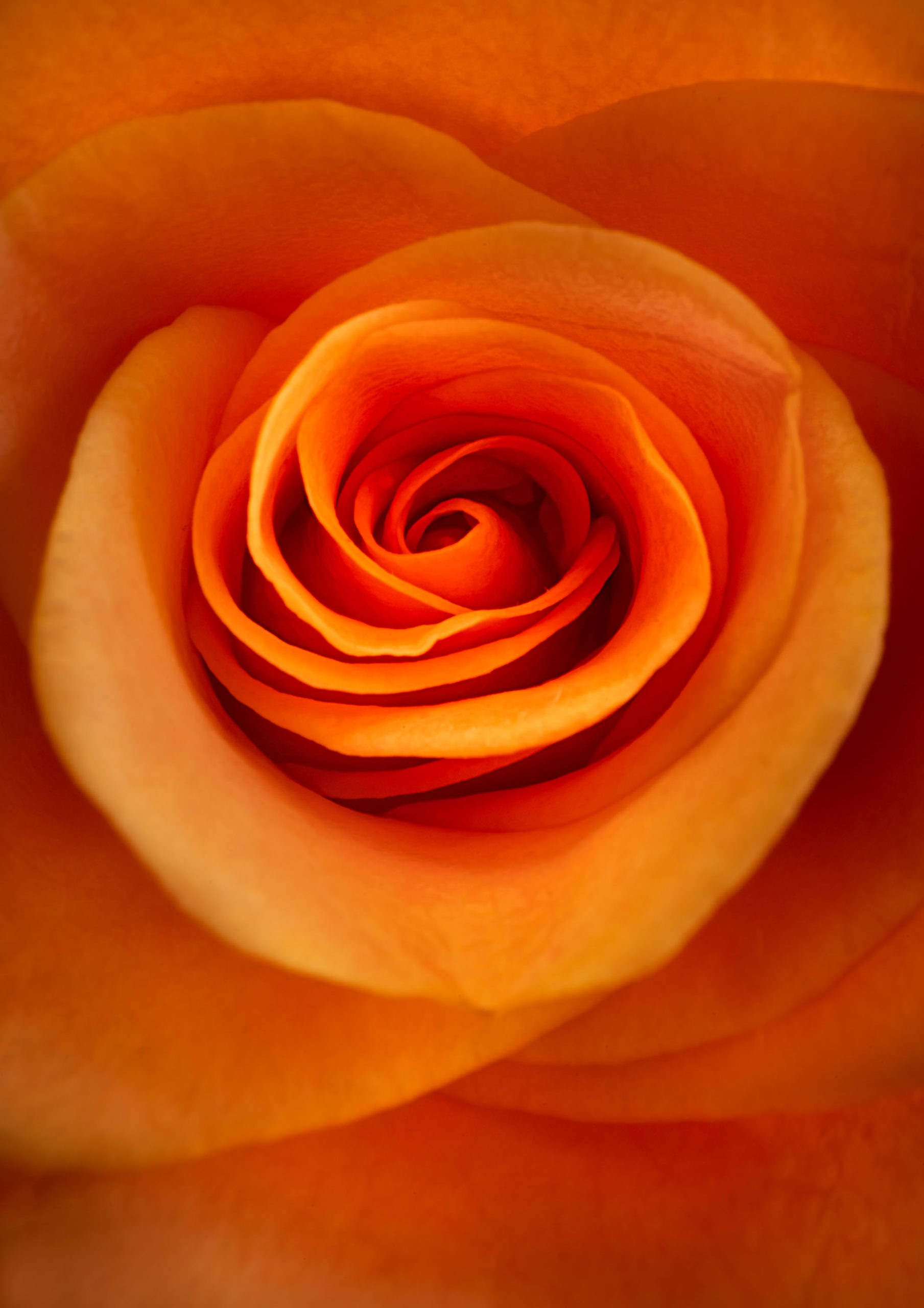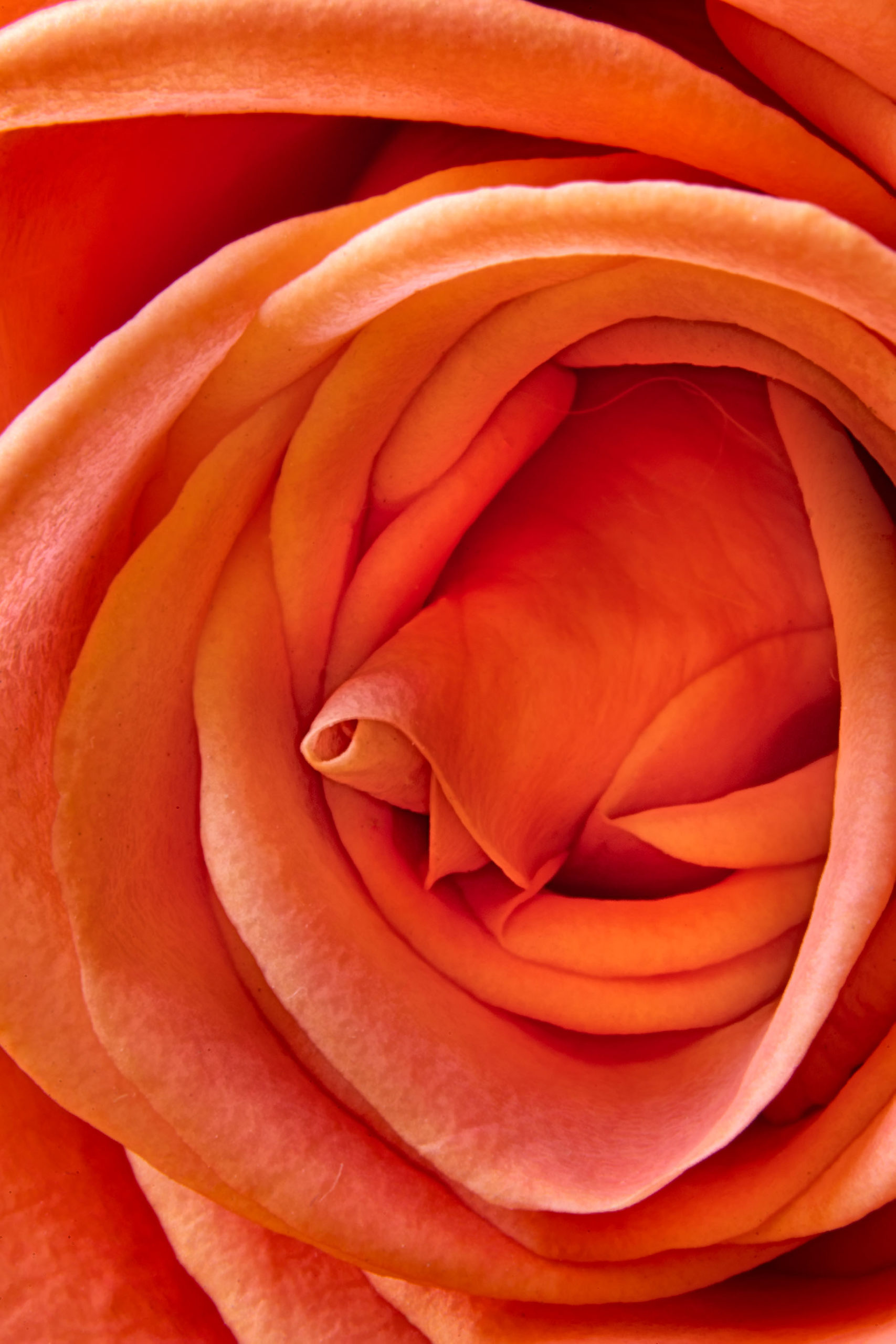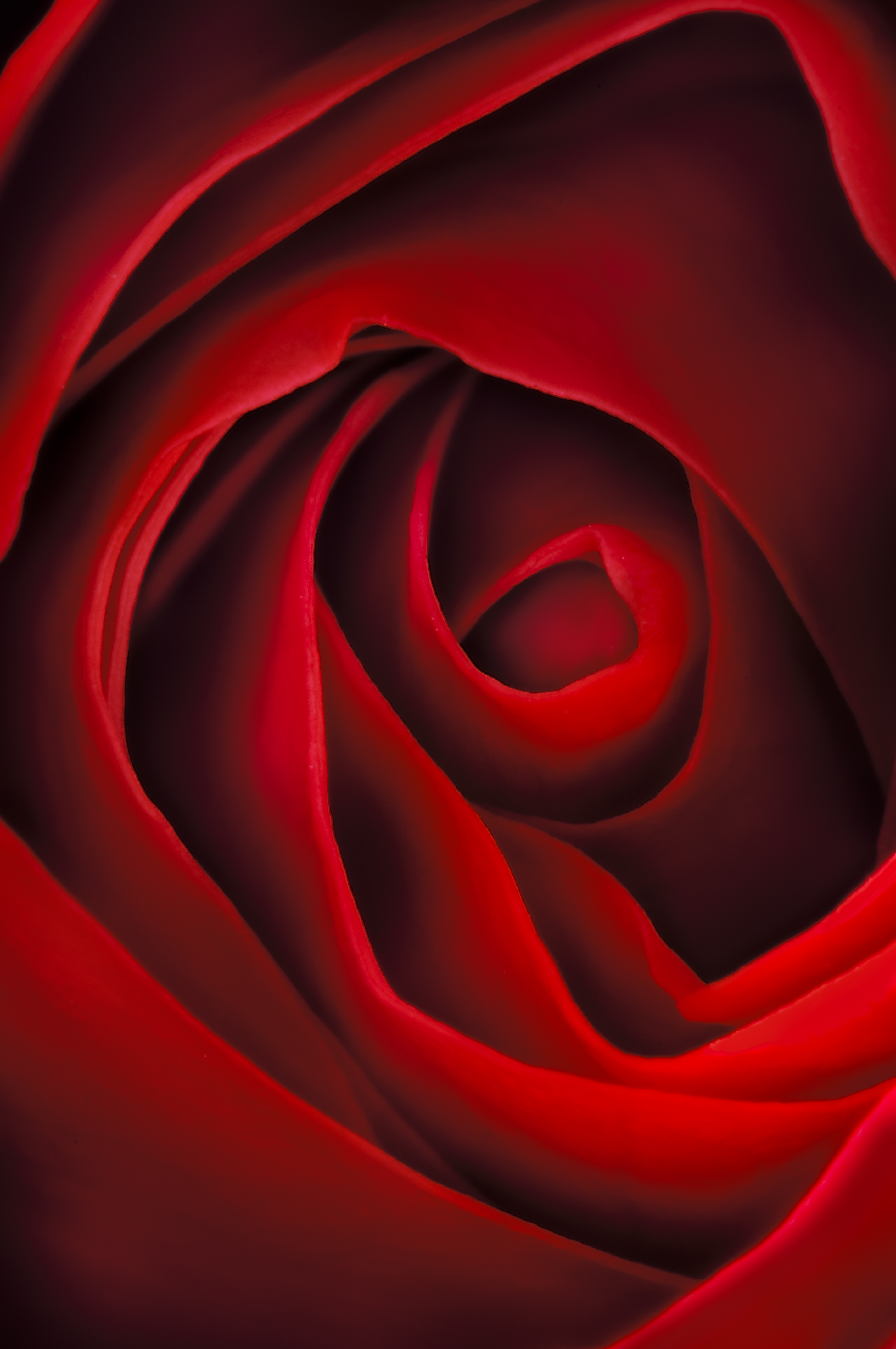In my fantasy, Georgia O’Keeffe (1887-1986) traveled shortly after the first world war from Texas where she taught drawing to bored college students to New York to meet with her mentor and future husband, the photographer and gallerist Alfred Steiglitz (1864-1946). Steiglitz advised, “While you are an American original, your work needs the tapestry of historical confusion that only the old world can supply,” and provided her with letters of introduction, including one to writer and art collector Gertrude Stein (1874-1946).

Arriving in Paris, O’Keeffe, like so many other artists, beat a path to Stein’s duplex off the grand inner courtyard at 27 rue de Fleurus, in the 6th arrondissement a few blocks from the Luxembourg Garden. Stein, with her partner Alice B. Toklas, presided over a salon of lesbians, avant-garde artists and writers featuring the demimonde, bullfighters, macho bully boys like Ernest Hemingway (1899-1961), and painters with an affinity for the bullfight like Pablo Picasso (1881-1973). Stein was not particularly impressed with O’Keeffe, and vice versa.

When O’Keeffe showed Stein her gentle watercolor with an intimate view of a rose, Stein famously declaimed, “A rose is a rose is a rose,” and dismissed the art and artist. O’Keeffe was through with Europe anyway, and found an early steamer back home. While she made many great paintings of flowers in the course of her magnificent career, she never again created an image of a rose.
Related story: When is a Harold Davis rose a Georgia O’Keeffe?
